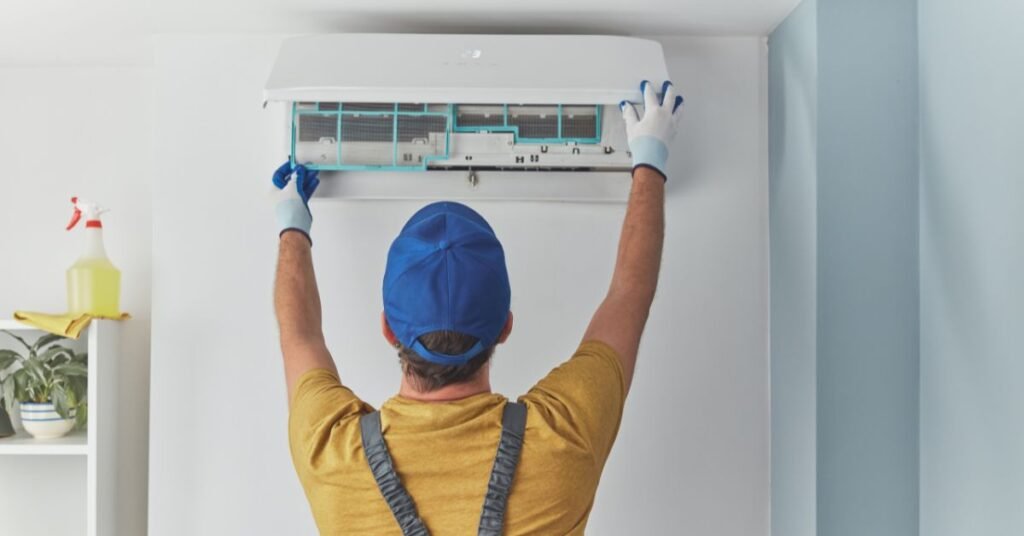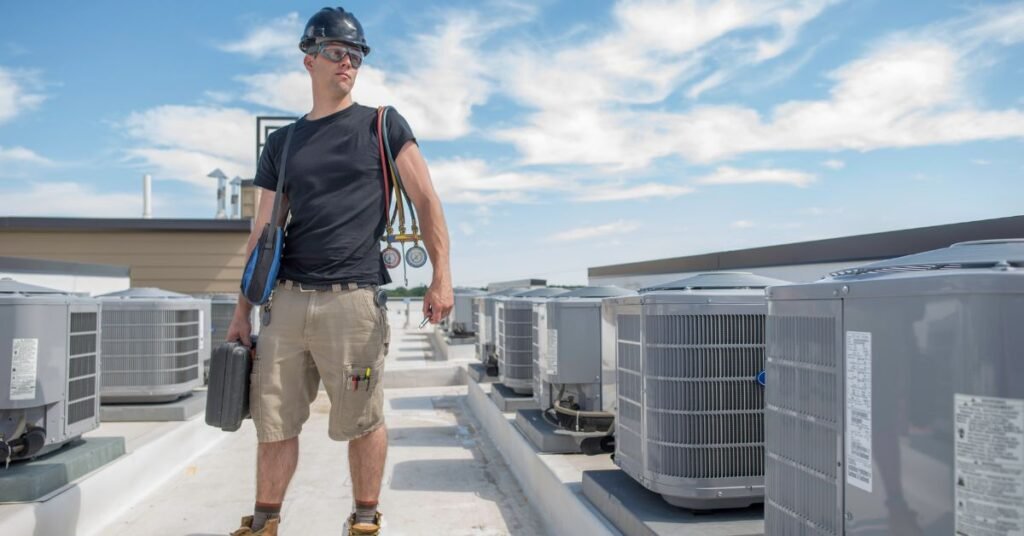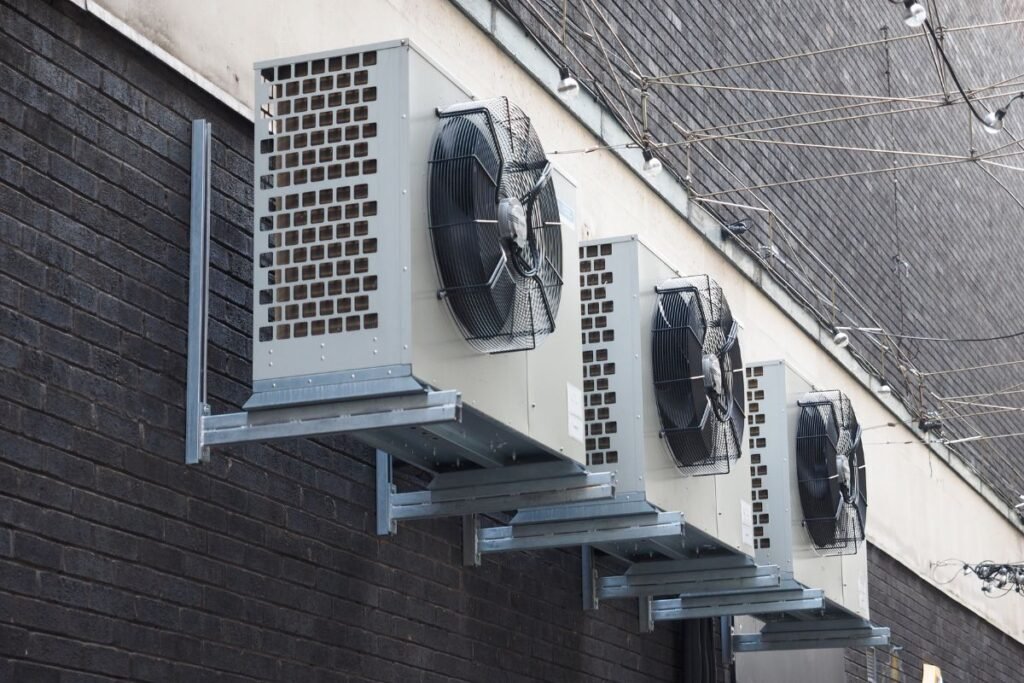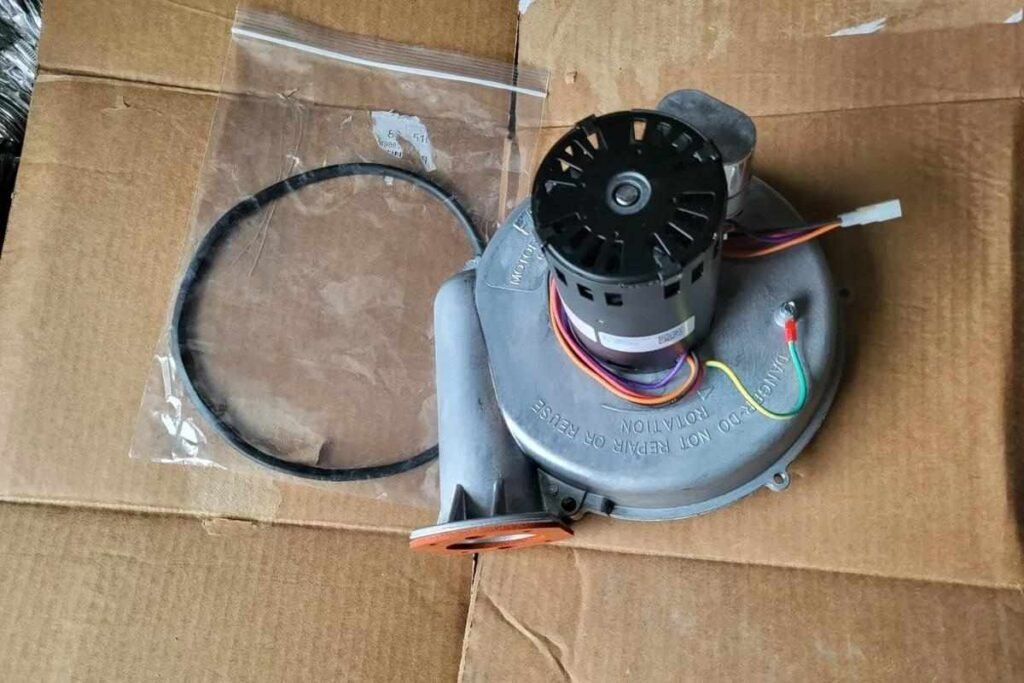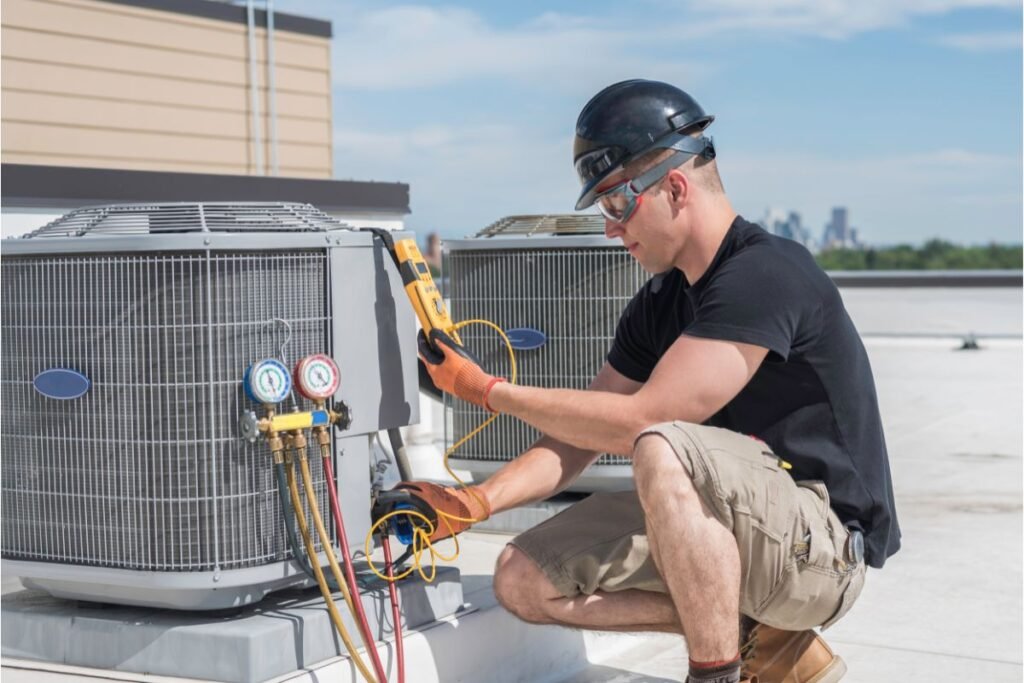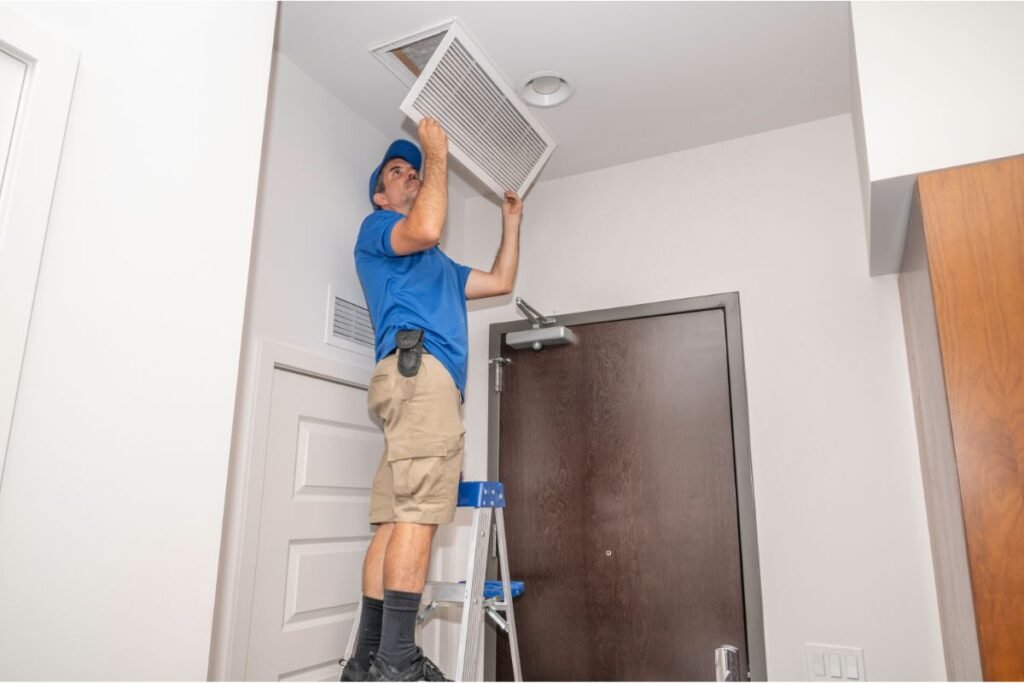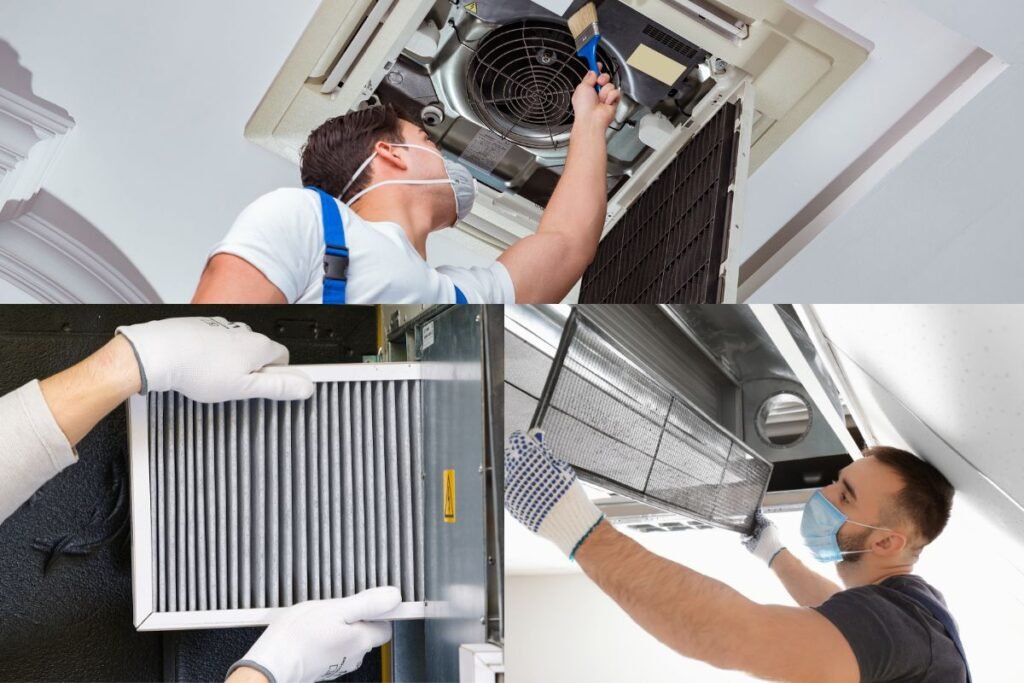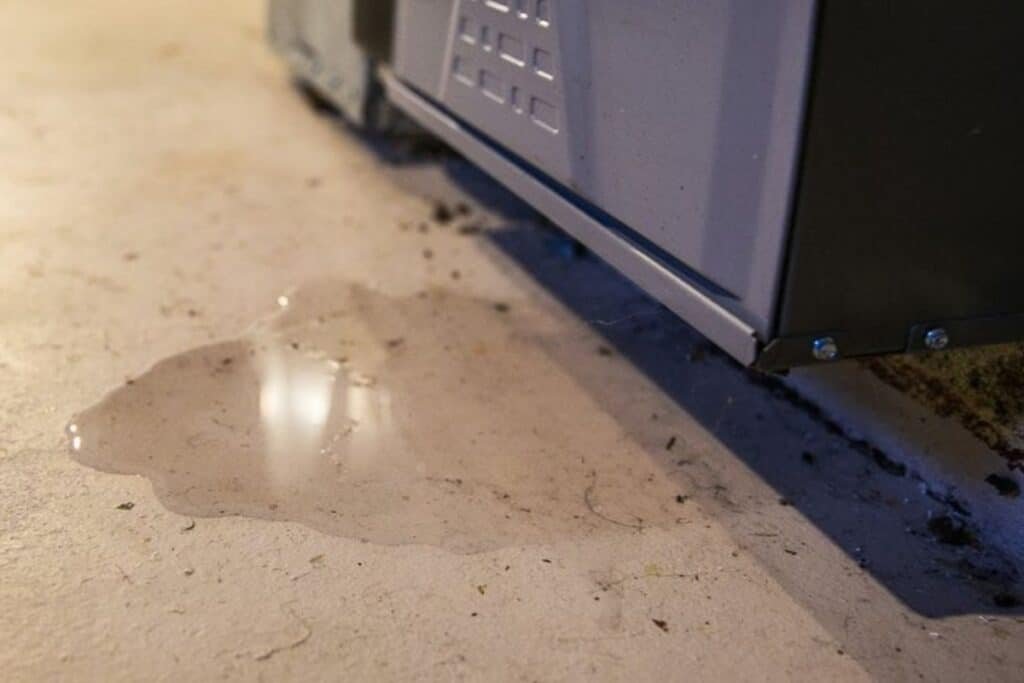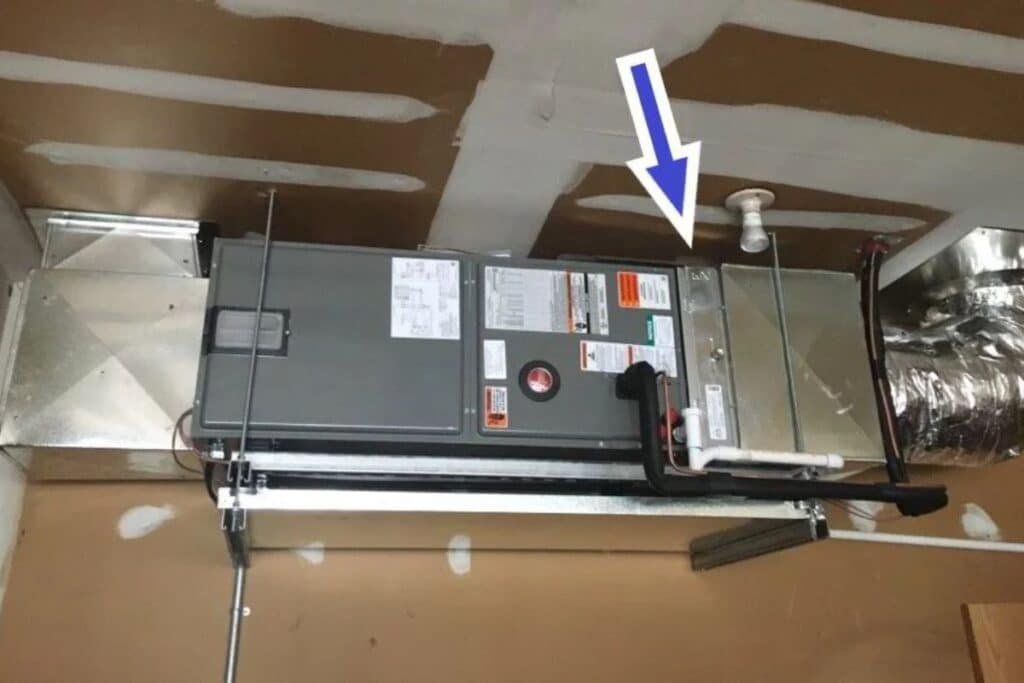You adjust your thermostat, expecting comfort but nothing feels quite right. Is your system a heat pump? A furnace? Or just central air?
You’re not alone. Many homeowners simply don’t know how to know if I have a heat pump and that small detail can make a big difference. Using the wrong settings, ignoring key features, or misunderstanding your system can lead to higher bills and poor performance, especially when emergency heat vs heat pump becomes an issue.
But the good news is, now you don’t need tools or a technician to figure it out. In this guide, you’ll learn what a heat pump is, how it compares to central air, and five simple ways to tell which system you have just by looking and listening around your home.
What Is a Heat Pump?
A heat pump is a single system that keeps your home comfortable year-round. It cools your home in the summer and heats it in the winter all without burning fuel like a furnace.
Instead of creating heat, it simply moves heat. In summer, it pulls heat out of your home to keep it cool. In winter, it draws heat from the outside air (even when it’s cold) and brings it indoors.
That’s what makes heat pumps different and more energy-efficient than many traditional systems, especially in mild or moderate climates.
You might not even realize you’re using one, as it often looks just like a regular central AC unit. What truly sets it apart is how it works behind the scenes.
Why It Matters to Know Your System
Knowing whether you have a heat pump or not can help you:
- Use energy more efficiently.
- Avoid expensive repairs from incorrect settings.
- Get better performance from your smart thermostat.
- Stay ahead on system-specific maintenance.
Tip: A quick check now could help you avoid bigger issues later.
Let’s Break Down Your Question: ‘How to Know If I Have a Heat Pump’
Here are 5 quick ways to tell just by observing your thermostat, outdoor unit, or setup at home:
1. Your Thermostat Has an “Emergency Heat” Setting
Look closely at your thermostat. If you see a setting labeled “Emergency Heat” or “EM Heat”, that’s a strong sign you have a heat pump.
Why it matters:
Emergency heat is a backup feature built into heat pump systems. It kicks in during extreme cold when the main heat pump struggles to keep up.
2. The Outdoor Unit Runs in Winter
Step outside during cold weather. Is your outdoor unit running while your heat is on inside?
If yes, you probably have a heat pump. Traditional AC packased units don’t run in winter but heat pumps do, because they’re working to pull in heat from the outside air.
3. You Only Have One System That Heats and Cools
If your home doesn’t have a separate furnace or boiler, that’s a sign. If one system handles both heating and cooling, it’s likely a heat pump.
Pro tip: Heat pumps are often paired with air handlers, not furnaces.
4. You Hear a Clicking Sound When Switching Modes
Try switching your thermostat from cooling to heating (or vice versa). Hear a soft click from outside?
That sound is the reversing valve, which only heat pumps have. It allows the system to switch from heat to cooling by reversing the refrigerant flow.
5. The Model Number Includes “HP”
Find the label on your outdoor unit (usually on the back or side). Look for the model number. If it includes “HP,” it stands for heat pump.
Heat Pump vs. Central Air: What’s the Difference?
So… what is central air, and how is it different?
Central air is designed only for cooling, which means you’ll need a separate furnace or heat source during winter. A heat pump, on the other hand, provides both heating in the winter and cooling in the summer.
Quick Comparison:
Feature | Central Air | Heat Pump |
Cooling | Yes | Yes |
Heating | No | Yes |
Year-round use | Seasonal only | All seasons |
Energy source | Electric + gas (or fuel) | All-electric |
Bottom line: If your system only runs during the summer, it’s central air. If it works all year, it’s probably a heat pump.
Emergency Heat vs. Heat Pump: What’s the Deal?
Let’s clear up the difference.
Heat Pump: Your main system. Efficient and runs in most weather.
Emergency Heat: Backup mode. Uses electric resistance heating. It’s less efficient and should only be used in extreme cold or when the heat pump isn’t working.
When to use Emergency Heat:
- If your heat pump stops working
- If temps drop extremely low (well below freezing)
- Don’t use it just because it’s chilly. It uses significantly more energy, which can lead to higher utility bills.
Final Thoughts
Still, wondering how to know if you have a heat pump? You’re not alone, and getting it right can make a big difference in how your system runs, especially when comparing it to what is central air or figuring out how to use emergency heat vs heat pump settings properly.
Now you know what to look for: the “Emergency Heat” option on your thermostat, an outdoor unit that runs in winter, or a model number with “HP.” These small clues can help you confirm what kind of system you have and how to use it more efficiently.
If you’re in the New York City area and need help figuring it out, Big Apple Air has you covered. With over 25 years of experience, their team knows HVAC inside and out. They’ll help you figure out what system you have and make sure it’s running just right.
It saves your time, stress, and energy costs.
FAQs
Can I tell if I have a heat pump by looking at my thermostat?
Yes. If your thermostat has a setting labeled “Emergency Heat” or “EM Heat,” that means there’s a strong chance you have a heat pump. This feature is standard on heat pump systems and won’t appear on systems that only use central air.
Is emergency heat bad to use all the time?
Yes, it’s not meant for regular use. Emergency heat uses electric resistance heating, which consumes more energy than your heat pump’s normal operation. It should only be used in very cold weather or if your main system isn’t working.
Can a heat pump work in freezing temperatures?
Yes, modern heat pumps are designed to work even when it’s cold outside. They can pull heat from the air, even in freezing conditions, to keep your home warm. But when temperatures get low, your system might switch to a backup heat source to help keep things comfortable inside.
Does central air ever provide heat?
No, central air is only for cooling. If your system is central air, you’ll need a separate furnace, boiler, or heat pump for heating during the winter months.
How do I know if I have a heat pump or just central air?
The easiest way to tell is by observing how your system works throughout the year. If it only cools your home in the summer and stays off in the winter, it’s probably central air. But if one system provides both heating and cooling especially if your thermostat has an “Emergency Heat” setting you likely have a heat pump.
What does “Emergency Heat” mean on my thermostat?
Emergency Heat is a backup setting on heat pumps. It turns on when your main system can’t keep up, usually during really cold weather, to help keep your home warm. Since it uses more electricity than your regular heat pump, it’s best to use it only when necessary like if your main system isn’t working or temperatures drop very low.
Who can help me find out if I have a heat pump?
If you’re unsure, a licensed HVAC technician can help. If you’re in New York City, Big Apple Air has over 25 years of experience identifying and servicing heating and cooling systems.
Can a heat pump replace both my AC and furnace?
Yes, in many homes, a heat pump can do the job of both. It provides cooling in summer and heating in winter, all with a single system. In moderate climates, it can be a more efficient and cost-effective alternative to using both a furnace and central air.


